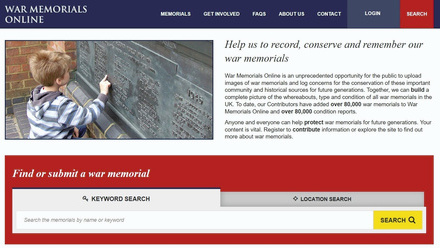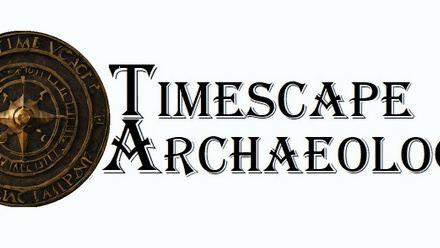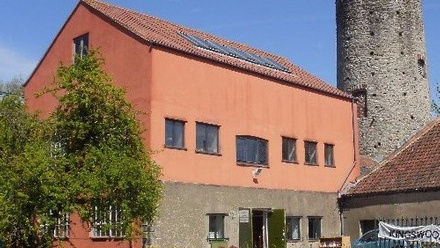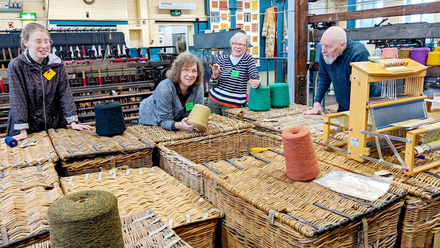Narrating and Mediating Mortality in Prehistoric Wales by Catherine Rees, PhD student
Last year’s blog was signed off with the somewhat downbeat paragraph,
“Apologies I feel that maybe this post is not entirely in the spirit of this event, but nothing is normal right now and the profession is in flux. It is hard to explain why I love what I do when I am not sure how much longer I will be able to carry on doing it and I am scared for the future. We must be honest and upfront about the struggles we are facing right now”.
So, for me the writing this years “Day in Archaeology” has been a time of real reflection about what has changed in the last year, and what will continue to change in the future. Last year I was writing on the first day since mid-March that my daughter had been back in school, and this year I am writing having “welcomed” in 2021 and my 40th birthday in another lengthy full lockdown!
But for me 2021 brought about a positive professional change –in January I started a AHRC funded Collaborative PhD with Amgueddfa Cymru and Manchester Metropolitan University! I can’t quite believe that I am able to say this as, although it is something I have wanted to do for over a decade, the timing or the subject or the funding has just never come together. I also can’t quite believe that I have a project which covers my two main interests in archaeology – Wales and Prehistory.
My research, entitled Isfyd BCE – Narrating and Mediating Mortality in Prehistoric Wales, takes a long view of Prehistoric treatment of the dead. It spans the earliest human occupation at Pontnewydd Cave through to the end of the Iron Age, identifying patterns in funerary practices and illustrating how these have been exhibited across space and time.
The project will create accurate and precise chronologies for the deposition of human remains and associated material culture practices across prehistoric Wales. These are being produced using scientific dating and spatial modelling-techniques, including chronological Bayesian modelling and Geographic Information Systems to identify changes in material culture and the use of sites and landscapes over time.
My work will examine themes rather than adopt a purely chronological approach, and I am currently working on the compilation of the “Natural Places” chapter. Themes within this chapter are caves, tree throws, water and excarnation or sky burial and it is caves which I have been primarily concentrating on – todays work being a synthesis of the Perthi Chwarae Caves.
Although an important element of this project will be to work with the collections at Amgueddfa Cymru, I have been working remotely so far due to covid restrictions. I am lucky in that I have been receiving a huge amount of support to do this and have been able to rejig the project order to allow me to get the project underway. But I have to admit I can’t wait to be able to finally travel down to Cardiff and get stuck into the practical elements of the project!
Amgueddfa Cymru-National Museum Wales
Amgueddfa Cymru – National Museum Wales is a family of seven museums and a collections centre, which are all free to enter thanks to the support of the Welsh Government. Together, it is home to the nation’s art, history, heritage and science collections, which will continue to grow so that they can be used and enjoyed by both present and future generations Mae Amgueddfa Cymru yn deulu o saith amgueddfa a chanolfan gasgliadau, sydd am ddim i'r cyhoedd diolch i gefnogaeth Llywodraeth Cymru. Gyda'n gilydd, rydyn ni'n gartref i gasgliadau celf, hanes, treftadaeth a gwyddoniaeth y genedl, fydd yn parhau i dyfu er mwyn i genedlaethau heddiw ac yfory eu mwynhau.
Contact details
Catherine Rees
Amgueddfa Cymru and Manchester Metropolitan University






